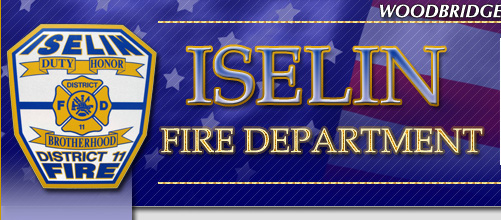| Carbon monoxide is an odorless, colorless gas that often goes undetected, striking victims caught off guard or in their sleep.
More than 400 people in the U.S. die from unintentional carbon monoxide poisoning every year, according to the Centers for Disease Control and Prevention. More than 20,000 visit the emergency room, and more than 4,000 others are hospitalized.
This "invisible killer" is produced by burning fuel in cars or trucks, small engines, stoves, lanterns, grills, fireplaces, gas ranges, portable generators or furnaces. When the gas builds up in enclosed spaces, people or animals who breathe it can be poisoned. Ventilation does not guarantee safety.
The U.S. Fire Administration has put together materials on the dangers of carbon monoxide, including a list of carbon monoxide poisoning symptoms.
Symptom severity varies depending on the level of carbon monoxide and duration of exposure. Mild symptoms sometimes are mistaken for flu.
Low to moderate carbon monoxide poisoning is characterized by:
Headache
Fatigue
Shortness of breath
Nausea
Dizziness
High-level carbon monoxide poisoning results in:
Mental confusion
Vomiting
Loss of muscular coordination
Loss of consciousness
Death
The Consumer Product Safety Commission warns that you should never ignore a carbon monoxide alarm, and do not try to find the source of the gas. Instead, follow these steps:
Immediately move outside to fresh air
Call emergency services, fire department or 9-1-1
Do a head count to check to account for everyone
Do not reenter the premises until emergency responders have given you permission to do so
The CDC offers these additional tips:
Have your furnace, water heater and any other gas or coal-burning appliances serviced by a qualified technician every year
Do not use portable flameless chemical heaters indoors
Have your chimney checked and cleaned every year, and make sure your fireplace damper is open before lighting a fire and well after the fire is extinguished
Never use a gas oven for heating your home
Never use a generator inside your home, basement or garage or less than 20 feet from any window, door or vent; fatal levels of carbon monoxide can be produced in just minutes, even if doors and windows are open
Never run a car in a garage that is attached to a house, even with the garage door open; always open the door to a detached garage to let in fresh air when you run a car inside |


